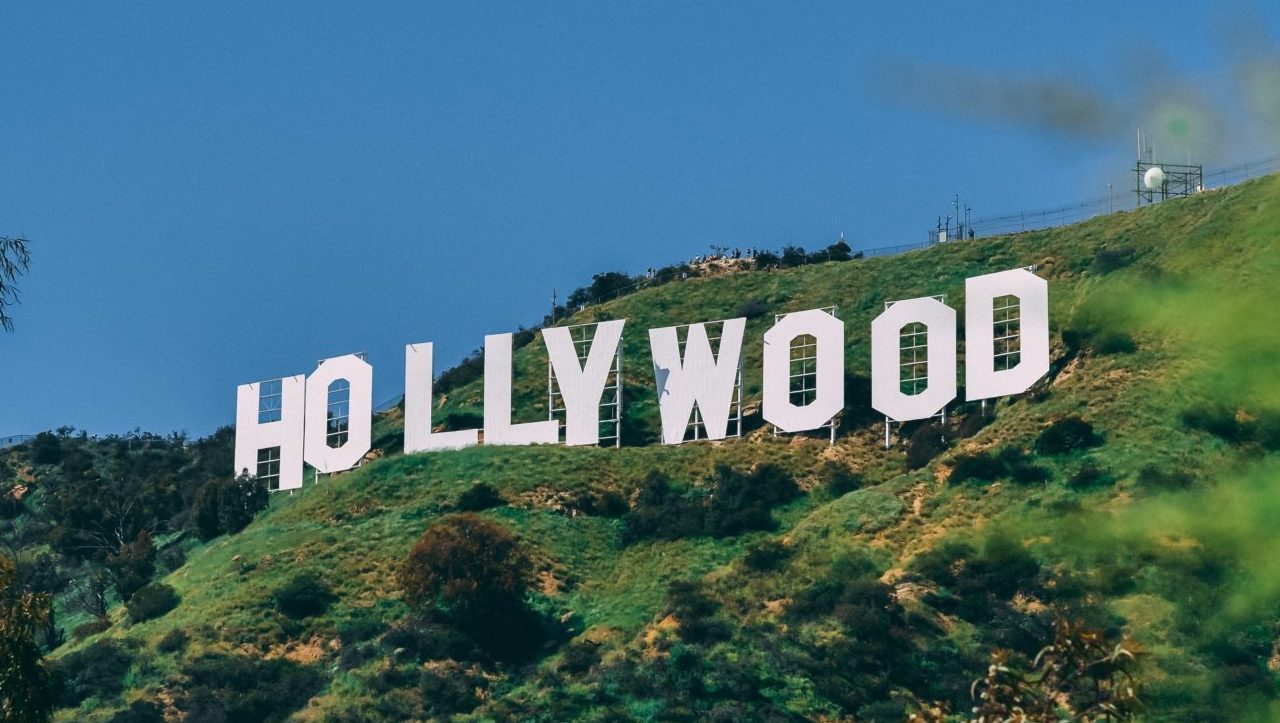
M&E Journal: Hollywood’s ‘Antifragile’ Supply Chain Opportunity
The 2007 book “The Black Swan” by Nassim Nicholas Taleb tackled the impact of large-scale unpredictable and irregular events on human society, and how identifying collective vulnerabilities — and approaching uncertainty with positivity — can see us come out of a “black swan” event intact.
The COVID-19 pandemic is easily the most grave “black swan” event experienced in more than a century, and M&E is feeling the impact along with most every industry.
The near full stop of production of films and TV shows, and the shutdown of theaters, theme parks and live events, is having a devastating impact on our industry. Yet Hollywood — upended by digital technology over two decades ago — may be home to the most resilient supply chain of any industry during this crisis and that’s due exactly to that digital disruption.
The move from physical media and 35mm film to digital bits and bytes allowed for ubiquitous global distribution, virtually instantly over the internet. Digital cinema, connect-ed TVs and smartphones all called for a re-wiring of the supply chain for consumption of content, anywhere, anytime.
As a result, the M&E industry is less vulnerable to physical realities. While the consumption of toilet paper skyrocketed early on in the pandemic, that was nothing compared to the unprecedented demand for entertainment, thanks to stay-at-home orders.
The direct-to-consumer (D2C) avalanche that gained steam in 2019 minimized content owners’ traditional dependence on intermediaries like retailers and theater chains to deliver content to consumers. Nobody could have predicted how crucial that D2C shift, marked by the building of resilient and robust digital plat-forms by content owners, would prove just a year later.
 Paradigm shifts
Paradigm shifts
Crises often usher in paradigm shifts, and COVID-19 has been no exception. Think of the battle long fought by theater operators to prevent new releases from being streamed to homes (at a premium price) day-and-date with their theatrical debut.
That debate may be settled for good, even when theaters open back up. The flood-gates opened when studios moved to make all their new releases quickly available in the home, and consumers may have a difficult time expecting less than that going forward.Behind the Hollywood scenes, the government edicts of social distancing and sheltering at home have forced another major shift in how we work.
Our industry was better prepared for this immediate transition than many, thanks to global IT and Silicon Valley tech companies that had already laid the groundwork for telecommuting. There are many companies that haven’t missed a beat now that physical interaction with customers is difficult.
Professionals are now Zooming to communicate with their teams around the world, and indications, at least early on, show neither productivity nor employee satisfaction overly impacted. Will it make sense for us to go back to our daily com-mutes and cubicles when this is over?As in the past, technology is coming to the rescue of filmmakers and TV producers, by reinvigorating the supply chain with digital technologies, the cloud, artificial intelligence, machine learning and blockchain.
While streaming, video conferencing and remote collaboration tools are providing for communication needs, Hollywood’s established digital supply chain — linking script development with pre-production, production and post, marketing, distribution and personalization — has made this transition easier than it would have been not long ago.
Supply chain of tomorrow
History has taught us it’s in the DNA of America to emerge from a crisis better than before, and this pandemic will prove no different.
Hollywood is built in many ways to survive this. I see an “antifragile supply chain of Hollywood” emerging. Taleb identified “antifragile” as a category of things that not only gain from chaos, but can use it to survive and flourish. “Just as human bones get stronger when subjected to stress and tension, and rumors or riots intensify when someone tries to re-press them, many things in life benefit from stress, disorder, uncertainty,” Taleb said. “Antifragility is beyond resilience or robustness. While the resilient resists shocks and stays the same, the antifragile gets better.”
There’s opportunity here for Hollywood as a whole to find improvement on the other side of the chaos.
* By Devendra Mishra, Chief Strategist, MESA, Executive Director, HITS
———————-
Click here to translate this article
Click here to download the complete .PDF version of this article
Click here to download the entire Spring/Summer 2020 M&E Journal
